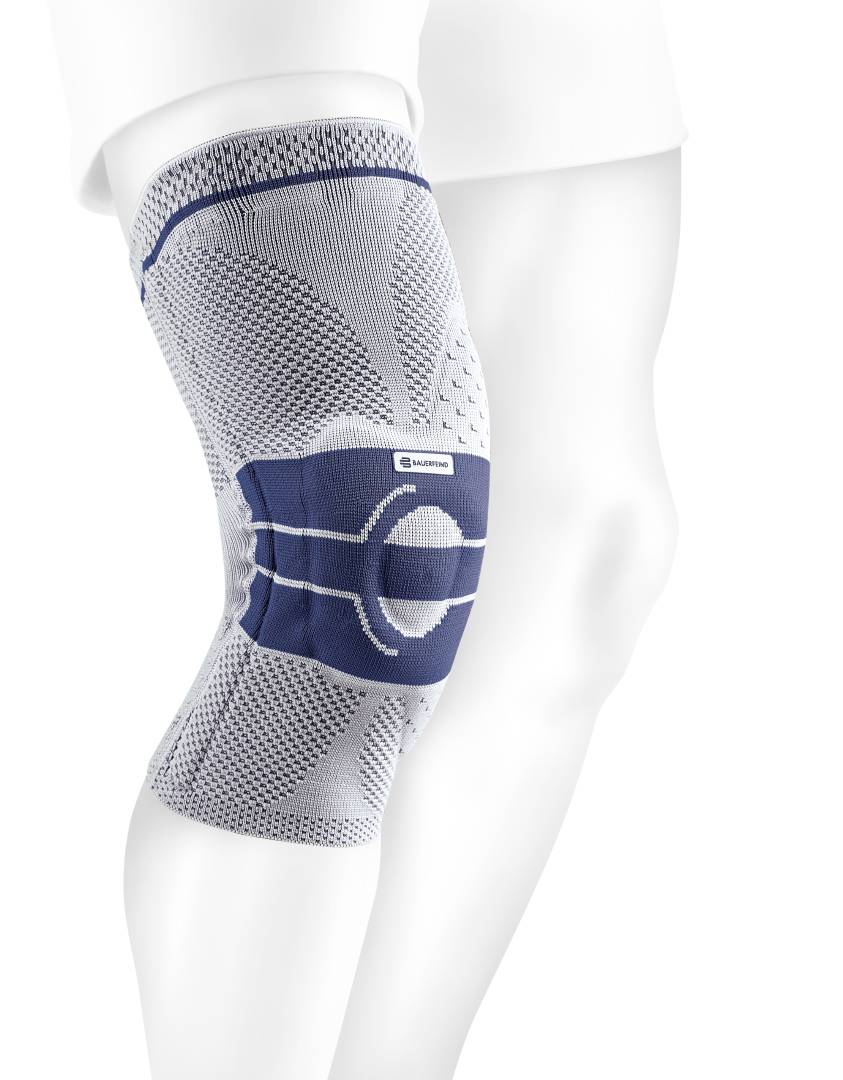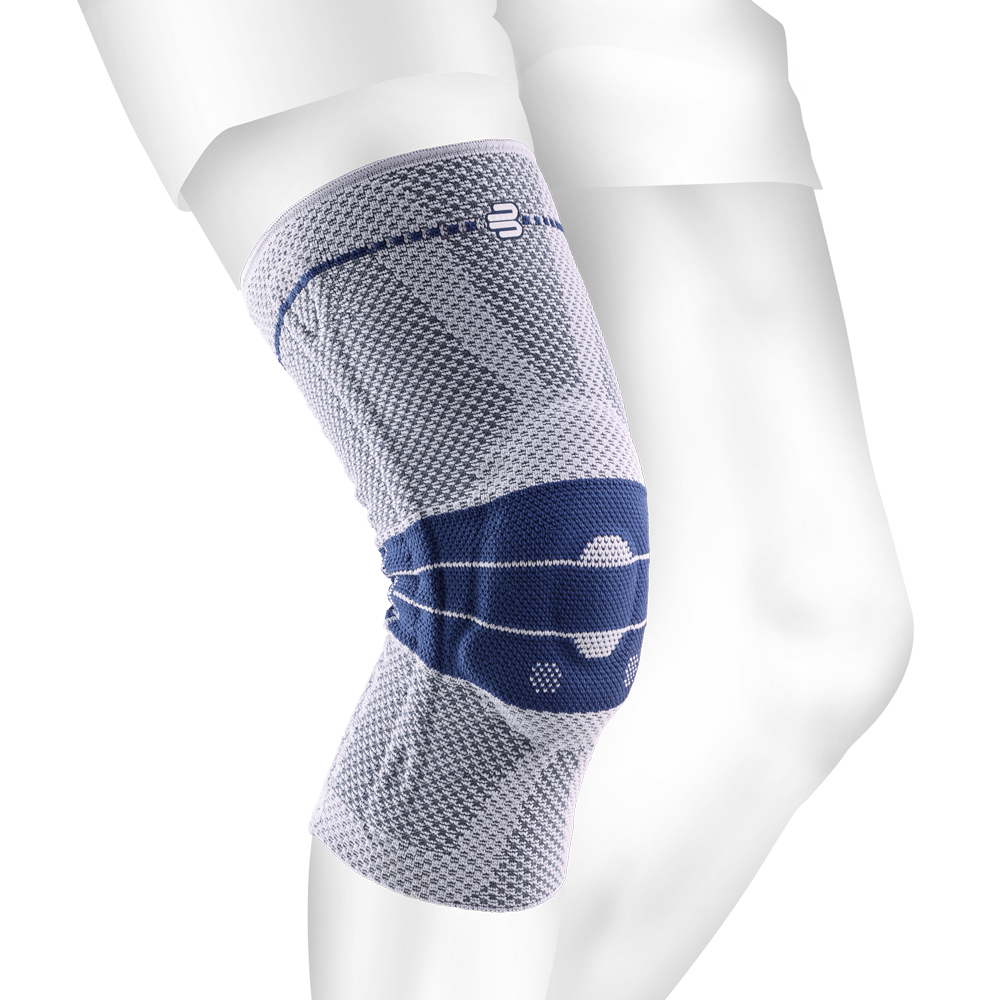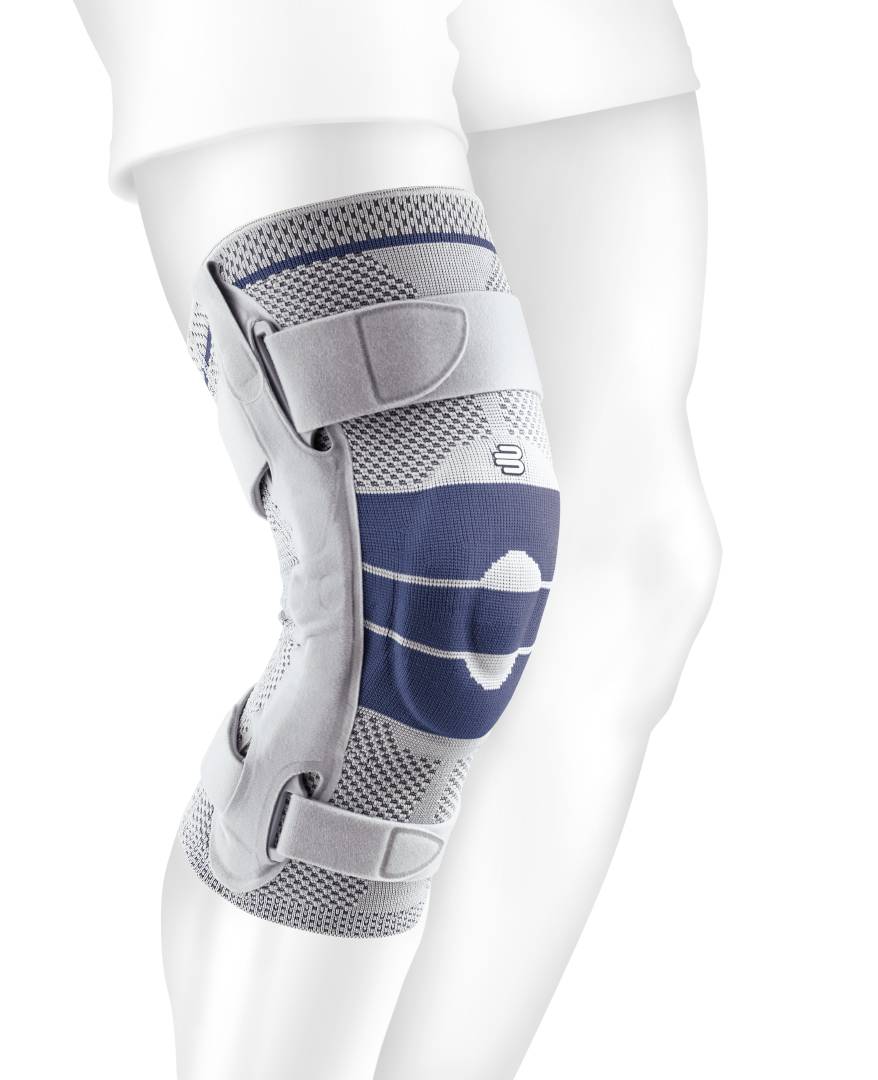What is the compression level of Bauerfeind supports and braces?Updated 2 years ago
Bauerfeind’s compression-based supports and braces are composed of a patented and unique flat-knit Train material. The key distinguishing feature of this material is its active support mechanism, which is grounded in an intermittent class two (Ccl2) medical-graded degree of compression exerted during movement. This Ccl2 compression range spans from 18- 32 mmHg (millimetres of mercury) and is designated as a moderate level of compression that is clinically suitable to aid in the post-traumatic, post-operative, and long-term management and prevention of a diverse class of pro-inflammatory indications, including oedema, tendinitis, bursitis, osteoarthritis and pain, as well as muscular and ligament insufficiencies. In particular, Bauerfeind knee braces and supports have been designed as a continuous range of clinical orthopaedic aids that incorporate various degrees of targeted Ccl2 compression. This enables the suitable prescription of a knee brace/ support by correlating the unique compression score with the severity and clinical presentation of a patient’s indication.
Key aids within the Bauerfeind knee portfolio can best be distinguished by their unique degrees of compression, as per the below table.
Product | Ccl2 Score (mmHg) |
GenuTrain A3  | 18 |
GenuTrain  | 22 |
GenuTrain S  | 22 |
GenuTrain P3  | 28 |